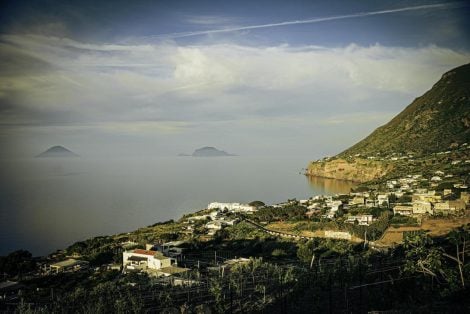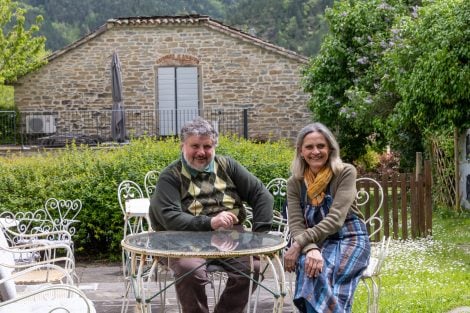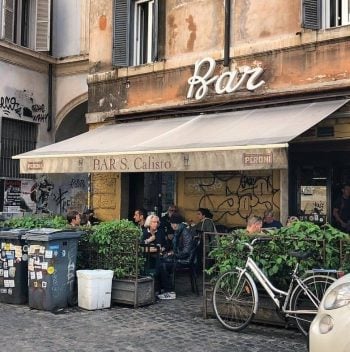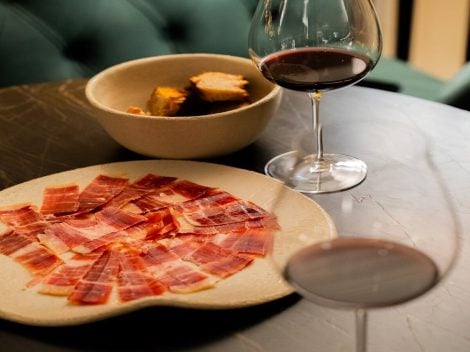The dish that most marks the divide between the small bedouin villages at the margins of the desert and the current dreamlike metropolis of wonders that is now Dubai is the stuffed camel. Nowadays the heart of the United Arab Emirates is one of the most complex cities of the world, one constantly on the move and in development, architecturally futuristic, entertainment-driven and top business destination par excellence. The city, which is the capital of one of the seven reigns that make up the Emirates, has transformed in a veritable ethnic, tradition and culture catalyst – cuisine drawing flavors and aromas from both ends.
Small yet fascinating is the Deira Spice Souk, at the turn of the 20th century it was the largest in the region, now it has become a must destination for anyone wishing to dive deep into local cuisine. Explore the magnificently restored wind towers and sniff the pungent aromas wafting from burlap sacks spilling with incense and oud, herbs and spices. It’s fun to chat with the vendors and playing a guessing game with anything that’s unfamiliar looking.
Tourism
The food and dining demand is determined by a strong expansion of tourism in the UAE that is in constant growth. There are an avera 7-8% more traveling here each year. So if in 2011 it was 9,3 million, in 2015 records have registered 13,2 million tourists here. Between the Expo 2015 and Expo 2020, Dubai has set the goal to host 20 million tourists in transit. If until now and for a long time the city was regarded as a luxury destination, nowadays it offers options for all pockets. An indicator of this is a comment left by one of the guests of Beck’s Social: “We highly recommend it to whomever wishes to experience a special evening and spend less than at Beck’s La Pergola” in addition to a comment by a Milan resident, “You’re dining at a Heinz Beck restaurant and you’re paying a third of what you pay at La Pergola”.
Arab tradition, new Asian trends, and the love for Italy
Dubai’s most widespread is typical Arabic cuisine, both served as street food and in fine dining restaurants. Options vary from shawarma and falafel, to the more complex kabsa (rice, spices and meat) or wara enab)vine leaf dumplings) to the area’s best baba ganoush (smoky eggplant sauce with lemon, pepper, garlic). In other city restaurants – many of which are housed within international luxury hotels – the cuisine is greatly Asian, often fusion and more often Italian. So much so that the restaurants Ballarò, Social by Beck and Milan BiCE are the highest ranked internationally.
Italy: from product to plate
A flurry of international investments, many of which Italian, is bringing a good supply of quality ingredients to local dining. Heinz Beck’s famous fagottelli di carbonara or his linguine with pesto and sundried tomatoes and burrata are an example of this, as are the Calabria vegetables that the chef offers at the Waldorf Astoria venue. As far as prime quality ingredients, BiCE’s dishes include: bresaola di Grosio with arugula, bite-size mozzarella and artichokes seasoned with lemon and olive oil; or the caprese made with mozzarella di bufala, fresh basil and Ligurian extra virgin olive oil; burrata from Putignano served in leaves with grilled , arugula and marinated mushrooms… It’s like being in Italy, especially when ordering the classic spinach and ricotta tortelli with white truffle cream and black truffle cubes served on mushroom risotto.
Another big name in the Emirates dining scene is Alfredo Russo who blends his native Piedmont flavors and the experience acquired at Dolce Stil Novo in the Reggia di Venaria in his kitchen atVivaldiat the Sheraton Dubai Creek Hotel. Try his all-Italian paccheri pasta with porcini and taleggio, the pumpkin gnocchi with gorgonzola or a classic Piedmont slow cooked veal while enjoying the view of the Persian Gulf from your table.
Even more unique are the dishes created by Claudio Melis, one of the Marchesi boys hailing from Sardinia and among to cook in the Michelin starred kitchens in the Dolomites before landing here at the Jumeirah Emirates Tower and designing the menu at the Alta Badia restaurant. On the menu here are borage ravioli, stuffed zucchini flowers, braised lamb shoulder or the veal shin. These are not easy to find around the world, many of the necessary ingredients for these are easily accessible.
“Arab customers love Italian cuisine” explains Heros De Agostinis, one of Heinz Beck’s partners “and they are accustomed to traveling to Italy and in Europe frequenting Italian restaurants abroad: they are enthusiastic of our ingredients and they love Italian pasta and pizza. That’s why in Dubai there are many Italian restaurants, both in large hotel complexes and in malls. I was in Dubai many times and I was lucky to work in a famous London hotel, the Lanesborough, which in terms of hospitality is the crown jewel of an Emirates owned company, in Beck’s restaurant. Here we serve an international clientele greatly hailing from the Middle East and the UAE, who adore Italian food”.
Number one in dairy export
It should come as no surprise therefore that Italy’s cheese export is in exponential growth here, a country which imports 90% of its foods: from 2000 to 2013 the import of Italian dairy products grew by 1.600% and from 2013 to 2014 the growth was by 22%. Among the most in demand, as menus and hot climate reflect, are the fresh cheeses: burrata and mozzarella in the lead. Also Grana and Parmigiano Reggiano are doing quite well. The outlook is that Italian export of goods and services will be pulled by the increased worldwide demand and is due to grow more by 6,9% per year. On average this growth will continue until 2017. In this trend the demand for goods linked to agriculture will increase with more impetus compared to manufactured goods. Benefitting from strong points as tradition and validation, the export of food and beverage will spike by an average annual +8,9% with attention to new worldwide use. Other traditional Made in Italy exports and consumer goods will see a significant increase, there will be a visible growth in exports. What makes our products competitive are the high quality standards recognized internationally and widespread in all product ranges, not only in the luxury tier.
i migliori ristoranti italiani a Dubai
Social By Heinz Beck | Contemporary Italian cuisine | chef Walter Canzio | Hotel Waldorf Astoria | Dubai | Crescent Rd | The Palm Jumeirah |tel. +971 4 818 2222 | waldorfastoria3.hilton.com
Armani Restaurant | Armani hotel | chef Alessandro Selvatico | Burj Khalifa | Burj Khalifa Area | Downtown Dubai | tel. +971 4 888 3888 | dubai.armanihotels.com
Ronda Locatelli | Hotel Atlantis The Palm | chef Giorgio Locatelli | Dubai | The Palm Jumeirah | tel. +971 4 426 2626 | www.atlantisthepalm.com
BiCE Mare | Downtown Dubai | chef Francesco Guarracino | Souk Al Bahar | tel. +971 4 423 0982 | www.bicemare.com
Taste of Italy by Heinz Beck | chef Andrea Tarini | Mall Jumeirah Dubai | Wasl Road | tel. +971 4 343 8292 | www.tasteofitalybyheinzbeck.com
Alta Badia | Jumeirah Emirates Tower Hotel | Dubai
Chef Claudio Melis | Indigo Icon Tower | Sheikh Zayed Rd | tel. +971 4 319 8783 | www.jumeirah.com
Roberto's | chef Andrea Mugavero | Building 1 | Gate Village | DIFC (DIFC Parking) | tel. +971 4 386 0066 | www.robertos.ae
Casa Mia | Hotel Le Meridien | Dubai | Airport Road | tel. +971 4 217 0000 | www.casamia-dubai.com
Vivaldi | Sheraton Dubai Creek Hotel & Towers | chef Alfredo Russo | Baniyas St | tel. +971 4 207 1717 | www.vivaldidubai.com
Deira Spice Souk | Al Abra Street | Deira Area | Dubai
by Francesco Seccagno
translated by Eleonora Baldwin

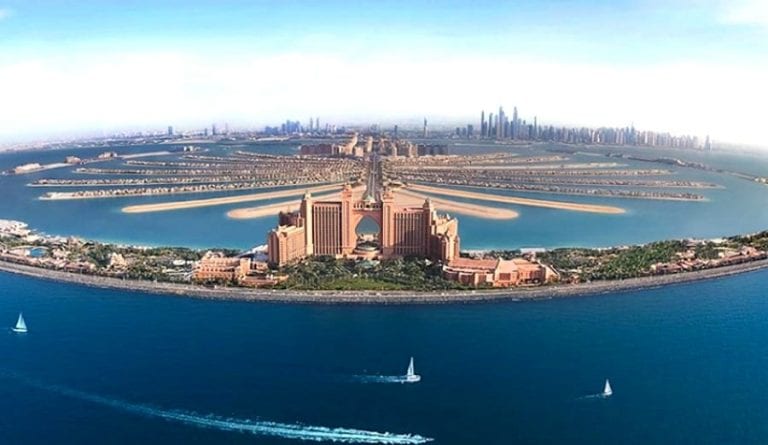

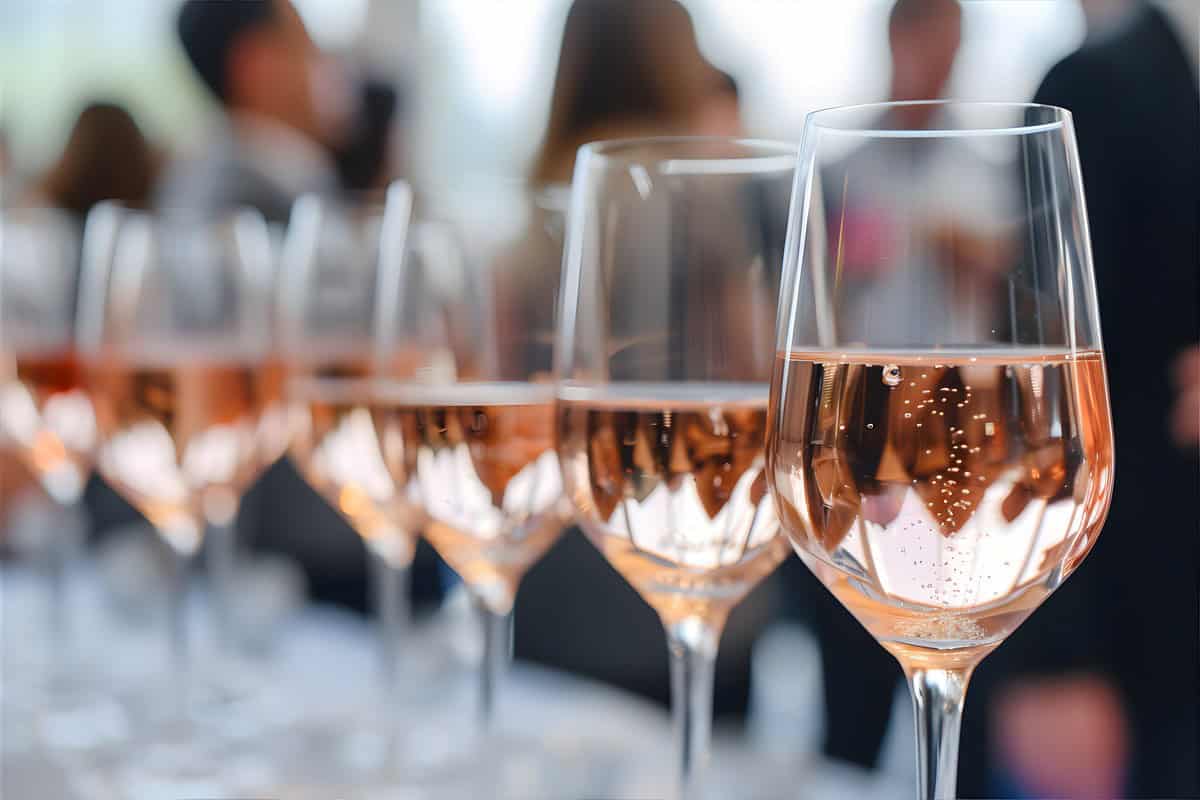 The 9 best Trentodoc Rosé wines in the Vini d’Italia 2025 Guide
The 9 best Trentodoc Rosé wines in the Vini d’Italia 2025 Guide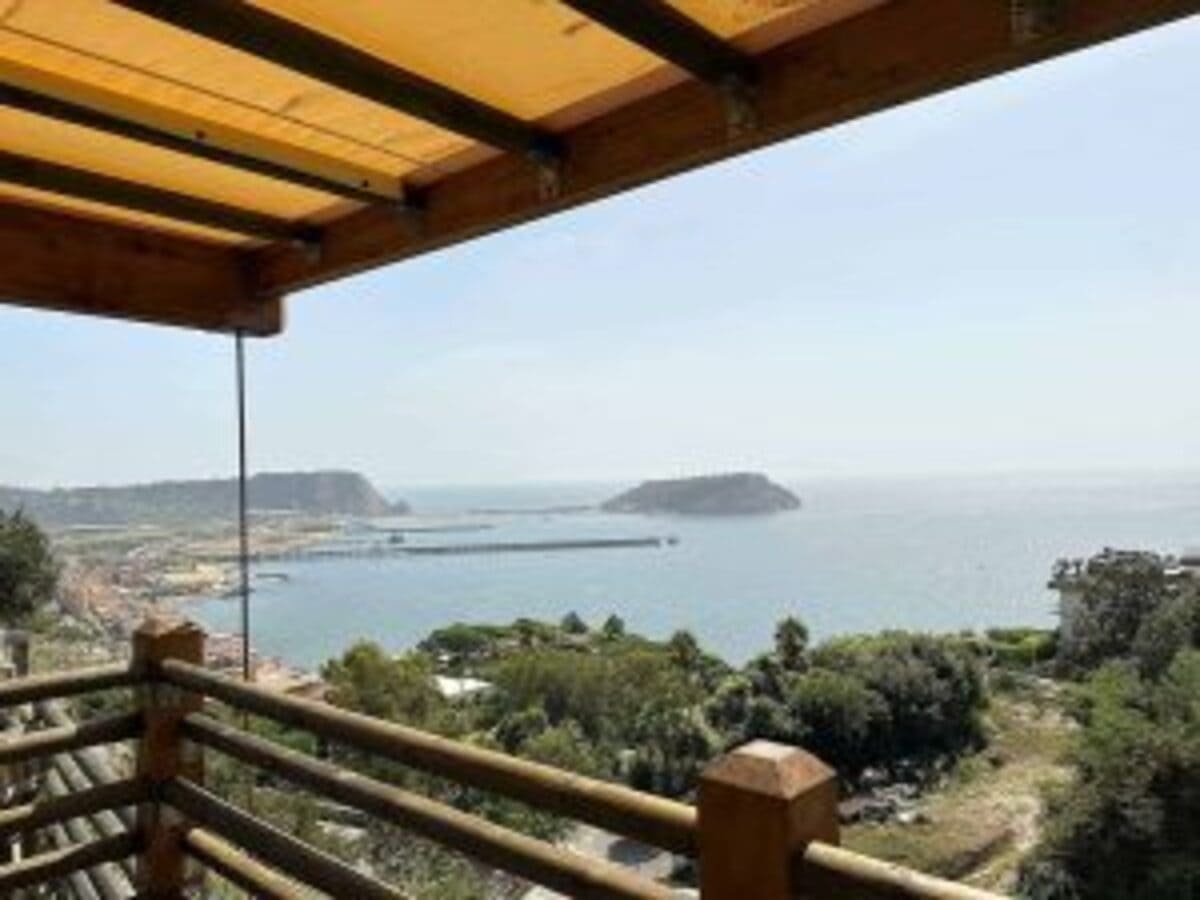 Farm stays in Campania: 12 places to eat well and relax in nature
Farm stays in Campania: 12 places to eat well and relax in nature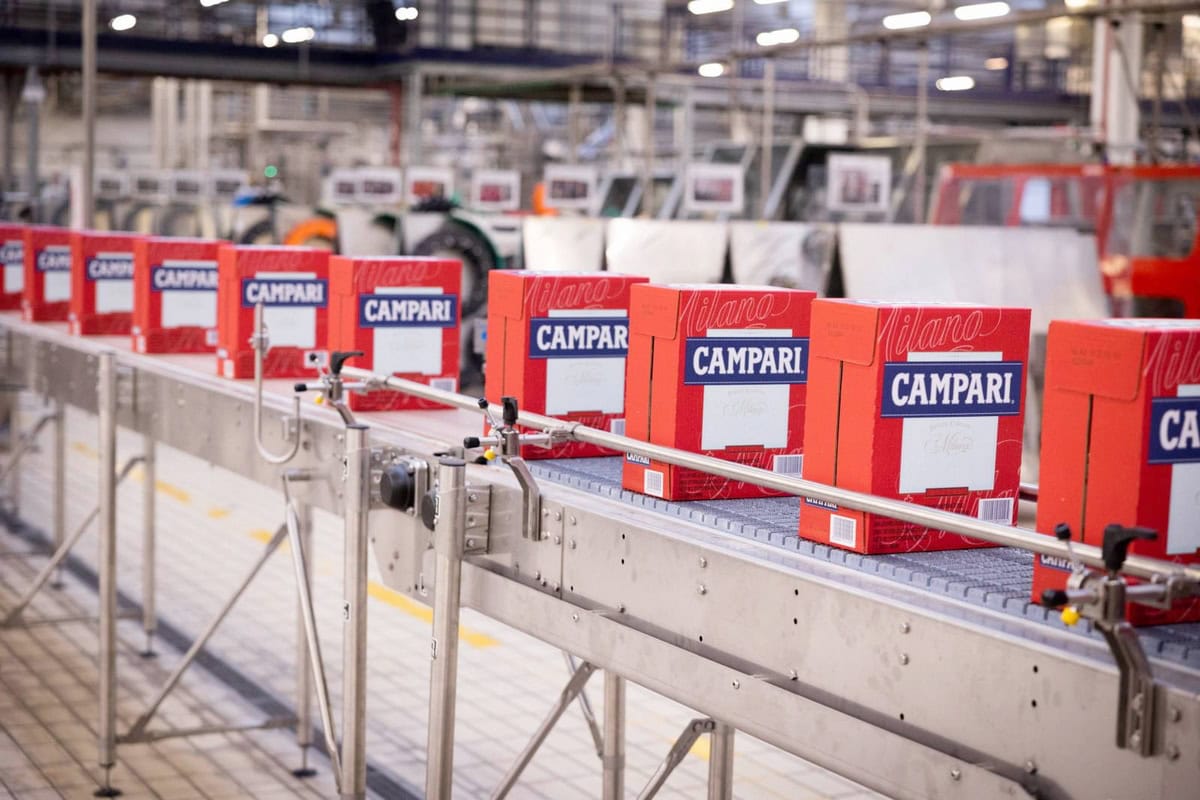 "US tariffs were decisive in Campari’s negative balance." New CEO Simon Hunt comments on a weaker-than-expected start to the year
"US tariffs were decisive in Campari’s negative balance." New CEO Simon Hunt comments on a weaker-than-expected start to the year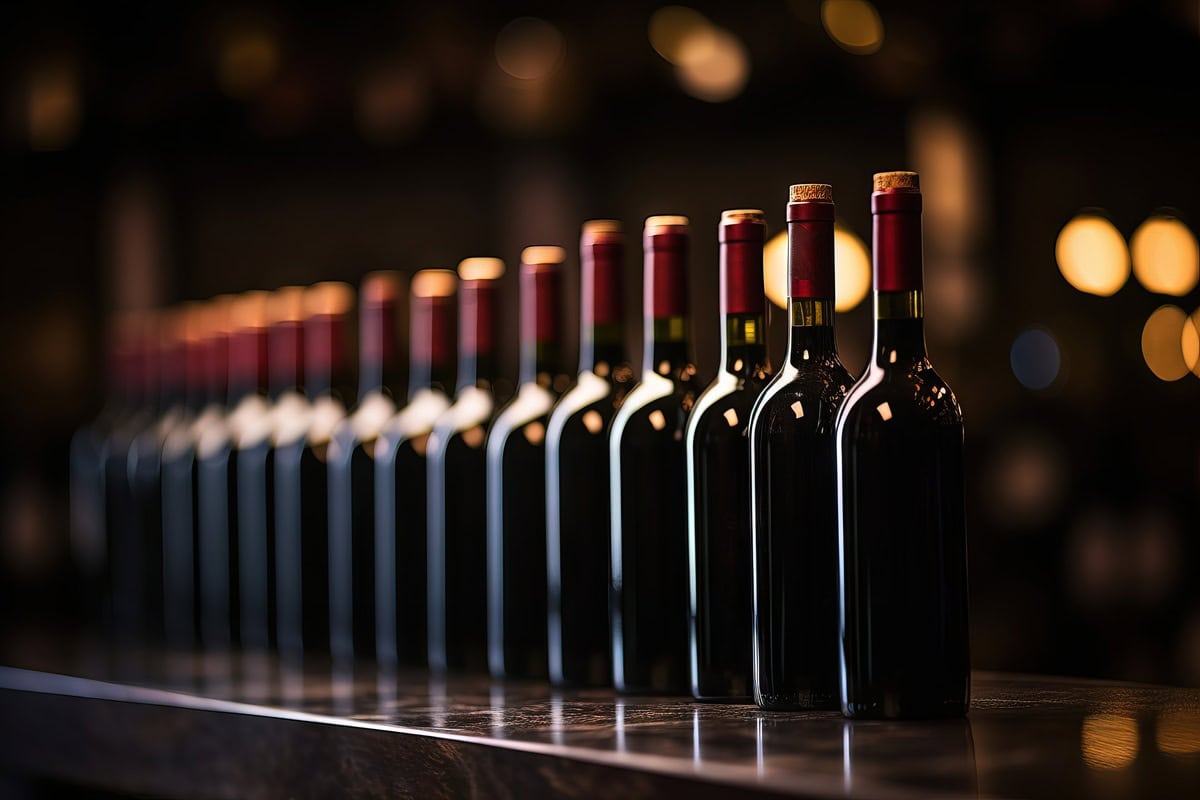 The future of wine is uncertain. The Government launches an inquiry to understand how to tackle upcoming challenges
The future of wine is uncertain. The Government launches an inquiry to understand how to tackle upcoming challenges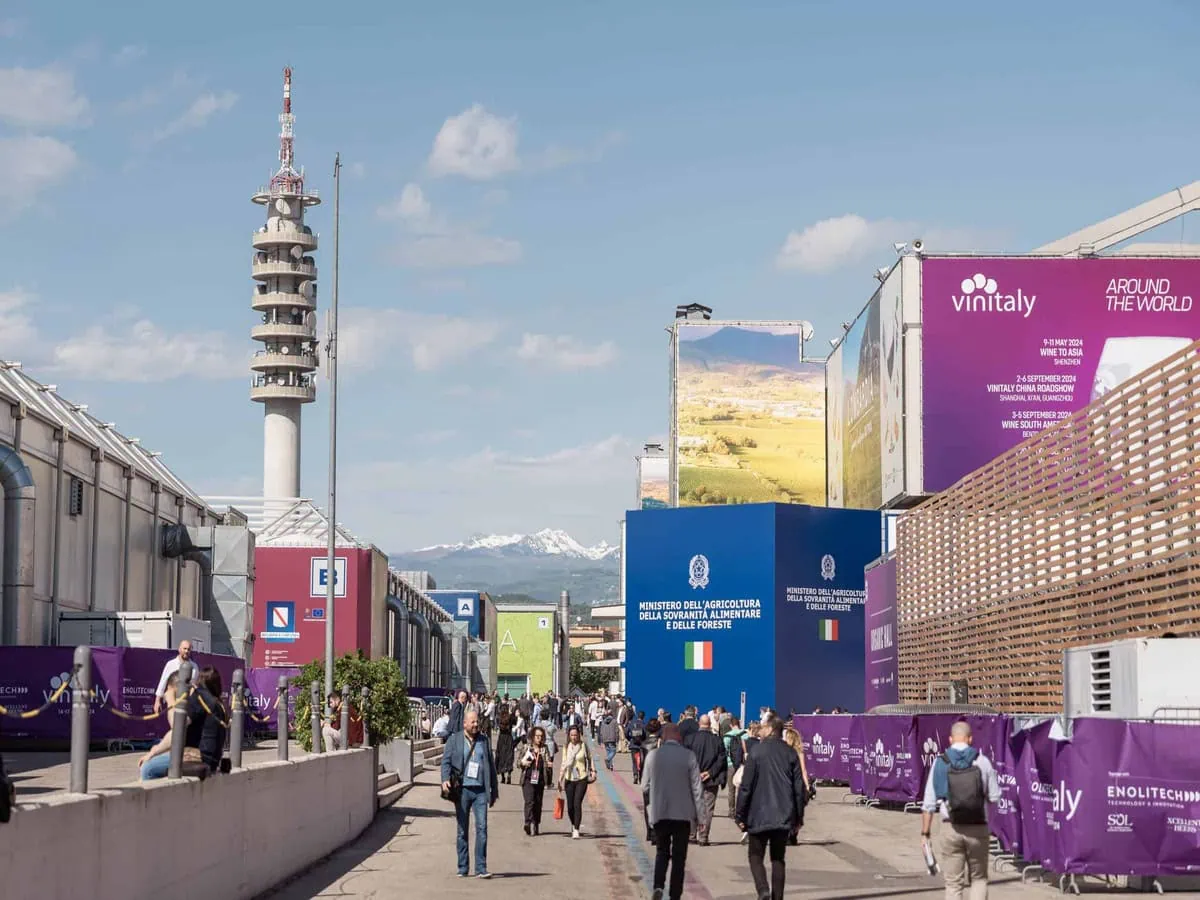 Veronafiere closes 2024 with its best-ever financial results and confirms Federico Bricolo as Chairman
Veronafiere closes 2024 with its best-ever financial results and confirms Federico Bricolo as Chairman